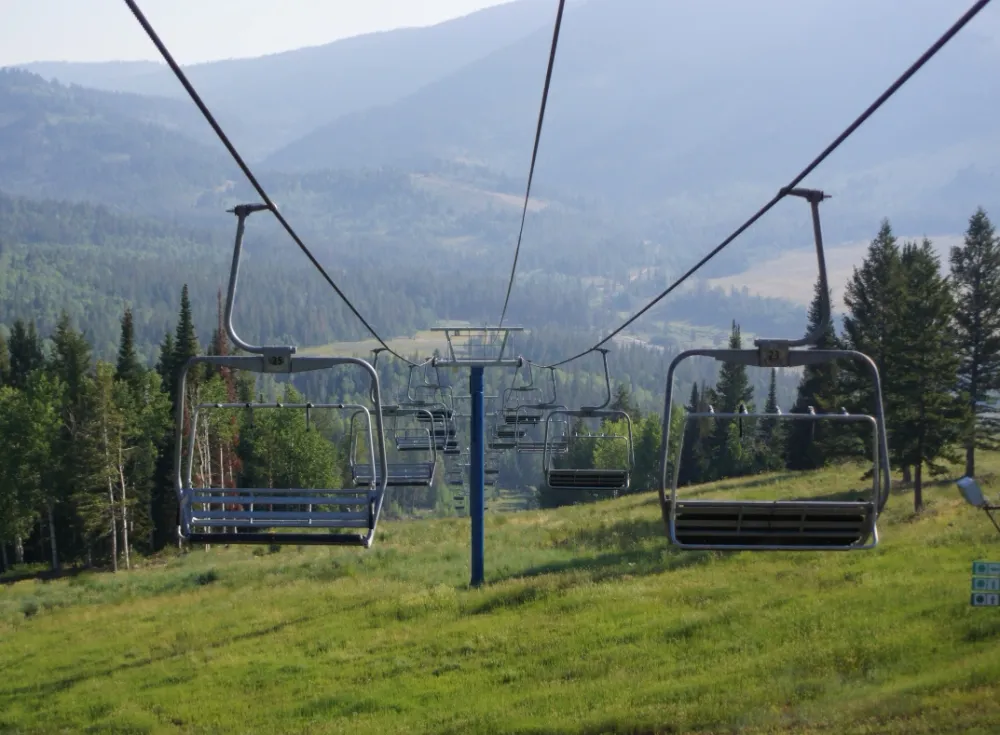
Seasonal Unemployment
Seasonal unemployment describes a situation where workers are unemployed at certain times of the year when demand has decreased. Although unemployment is always problematic, seasonal unemployment doesn't last - eventually, the peak season of a given industry arrives and many workers become employed once again. While this type of unemployment can be frustrating, it is not permanent and workers will eventually be able to find employment again.
Related Article: Unemployment Types and Causes
When demand is high, many workers adapt to seasonal unemployment by working quite a bit and saving up much of their earnings. During their seasons of unemployment, they live off of those savings.
Seasonal Unemployment Examples:
1. Tourist Destinations
2. Agricultural Work
3. Holiday Jobs
Tourist Destinations
Seasonal unemployment can be a significant issue in tourist destinations where the economy is highly dependent on tourism. For example, some destinations are popular for their sunny beaches. However, if the weather is cold and rainy during a certain time of year, people may not be as likely to visit. This can result in resorts not needing as many workers (e.g. housekeepers) and therefore workers may become unemployed during the slow season.
Agricultural Work
While it's true that many agricultural jobs are only available at certain times of the year, this doesn't mean that farmers don't need help all year round. There are still plenty of tasks to be done on the farm, even when crops are not being grown or harvested. So while seasonal unemployment may be a reality for some agricultural workers, it's not necessarily the norm.
Seasonal work often attracts and creates vulnerable communities and governments often step in to regulate, as is the case with agricultural workers in the United States.
Holiday Jobs
A third well-known example is jobs that are linked to the holidays. Some jobs, like being a Christmas tree seller or retail worker at holiday-related pop-up shops, are only relevant during the holiday season. Since there's more retail activity during the holidays, workers will be hired then but become unemployed when demand decreases after the season ends.
Is Seasonal Unemployment a Big Problem?
-It is better to have a job for six months out of the year, than to not have a job at all.
-In tourist areas, workers make up for the seasonal nature of employment by saving during the tourist season and then doing other part-time jobs during the off-season.
-However, for those on low-income, managing consumption over a year-long period can be difficult if employment is patchy. Even though income may only come in for a few months out of the year, bills and rent have to be paid every month.
-Areas of the country with high seasonal unemployment rates may become unattractive and local workers will leave to find more stable jobs elsewhere.
-It all depends on the flexibility of labour. Particular regions with seasonal demand may try to find ways to encourage temporary migration, for example, student jobs for busy summer periods.
Benefits of Seasonal Unemployment
-Unemployment is never really positive, but seasonal unemployment is fairly predictable as it happens on a seasonal schedule.
-When workers are not employed, they can focus on building their skills in other areas–for instance, they might seek out an internship or an apprenticeship that will make them more employable.
-For some people, seasonal unemployment is beneficial for their schedule and allows them to focus on other things (jobs, personal obligations, interests, etc.) during the part of the year when they’re not working.
-Seasonal unemployment can teach workers how to be flexible and adaptable, as well as how to budget their time and money.
-Although it is not ideal, seasonal unemployment is often not as harmful as standard unemployment, because workers are being paid for part of the year. Many people rely on it for their income.
Commodities and Seasonal Demand
There is often seasonal under-use of raw materials used in production, which can lead to seasonal unemployment. For example, the demand for warm, waterproof boots is usually highest during the winter. If there is not enough production of these boots to meet this demand, it can result in a shortage of jobs for those who make them.
There will be a higher demand for rubber and workers in the winter, as this is when people need boots the most. In summer, the demand for both rubber and workers will decrease as people won't need as many boots. This cyclical nature of demand is something that needs to be taken into account when planning production.
Unemployment Figures and Seasonal Adjustment
Official government statistics on unemployment often use seasonal adjustment to take into account the typical fluctuations in employment that occur at different times of year. This means that the reported rate of unemployment may be higher or lower than the actual number of people out of work, depending on the time of year.
Seasonal Unemployment Solutions
1. Diversify the economy: Trying to create a more diverse economy could be difficult in touristy areas, as many businesses rely heavily on tourism. However, diversifying the economy would help to make it more stable and less susceptible to downturns.
2. Improve Infrastructure: One way to make an economy more stable and less susceptible to downturns would be to improve infrastructure. This could involve the government creating jobs in the off-season to improve roads, bridges, and other useful economic catalysts.
3. Encourage Local Businesses: Another way to make an economy more stable and less susceptible to downturns would be to encourage local businesses. This could involve providing tax breaks or other incentives to businesses that agree to locate in the area.


